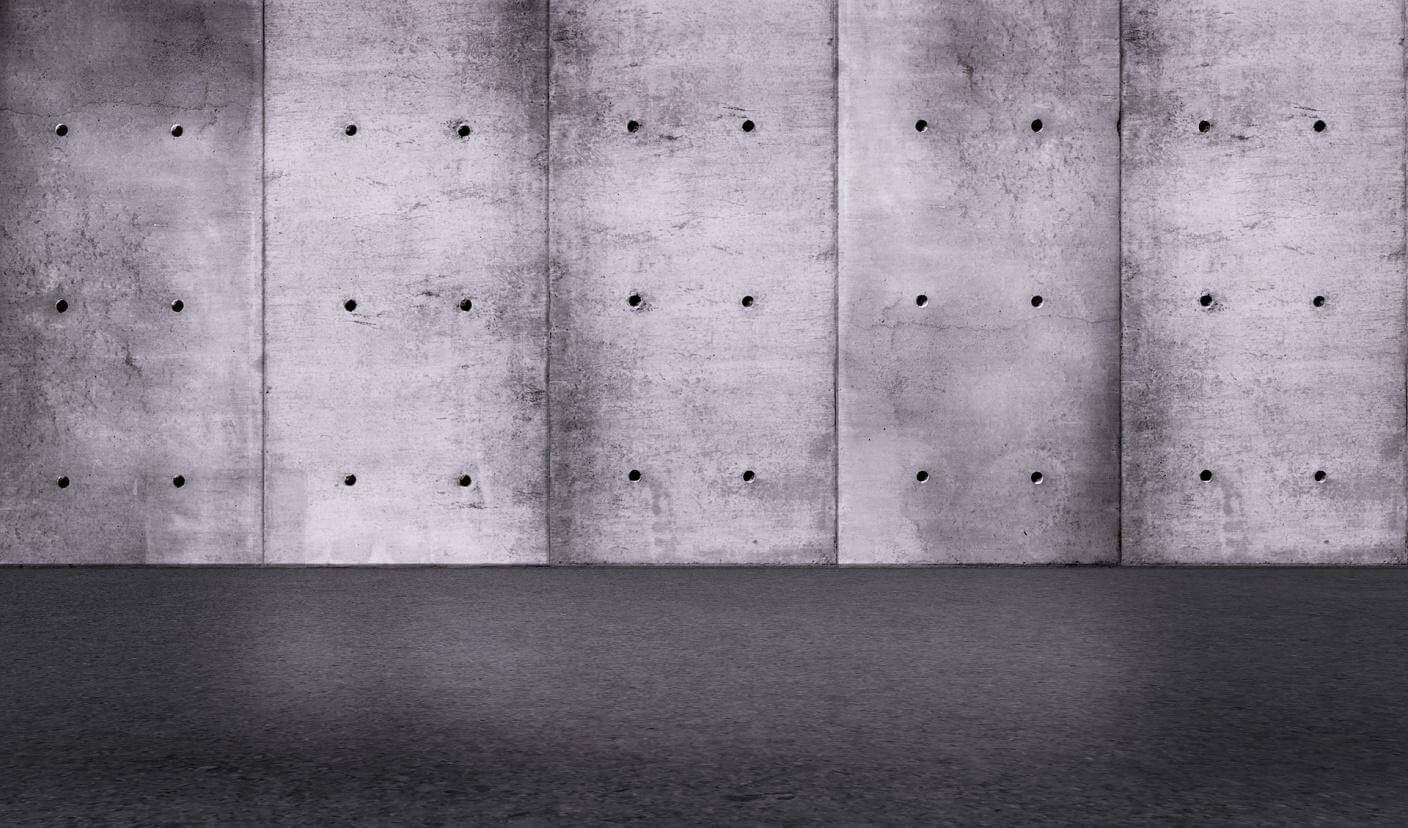Some Quick Facts about King Post Retaining Walls and Their Many Advantages

Did you know that king post retaining walls have been used for a long time? As a matter of fact, king post walls were used in big cities like London, New York, and Berlin since the 18th century. Today, king post walls are still seen as an ideal retaining wall solution for many properties, and you can use them temporarily or as a permanent retaining wall system for your premises. But what else should you know and understand about king post walls, and why are they a feasible solution for an array of commercial or business properties? Here are some quick facts about king post retaining walls and their many advantages.
What are they?
A king post wall is a series of steel posts, beams, or columns that you can set up or install along the perimeter or line of a proposed wall. You can post the beams or columns at intervals between 1 metre and 3 metres, and you can fill the space in between each beam or column with materials such as precast concrete, timber, or steel panels or piles.
The distinct advantages of king post walls
There are many advantages associated with king post walls, and one of the more commonly-known advantages to such wall systems is their quick and easy installation. The installation is easy and cheap, especially when you compare it to the installation of concrete piled or sheet piled walls. Another distinct advantage of the king post wall is that installation is virtually noiseless and free from vibration, making it a practical choice for many building projects, especially in preventing disruption and risk. You also have various choices when it comes to the infill panelling – from precast concrete to steel to timber, although precast concrete is often the preferred material due to its easy availability and strength.
The installation technique and sequence
As already mentioned, the installation process involving king post walls is relatively quick and easy, and it’s a simple process that doesn’t involve any complex manoeuvrings. To begin with, you form a concrete pile using a continuous flight auger or CFA, or you can also use a large diameter rig or mini piling rig. Afterwards, you can have the steel section inserted onto the concrete, checking it for alignment, levelling, and verticality. You can then use your desired infill material or system, whether it's precast concrete or other materials, once you have determined that the concrete has already hardened.
One crucial aspect about king post walls is that you can have them fabricated off-site, so you don't have to contend with much work on-site that can disrupt or disturb ongoing work, and this can also reduce your risks on the building site and allow you to save money and time.
King post walls are created and designed following the latest British or European standards, and you can have them installed temporarily or permanently. A typical king post wall has a design life of more than five decades, so it is a more than worthy investment. Here's a tip: for infill panelling, precast concrete is often a great choice because you can have them made or designed to suit your exact size requirements, and you can also add extra features like storm outlets.